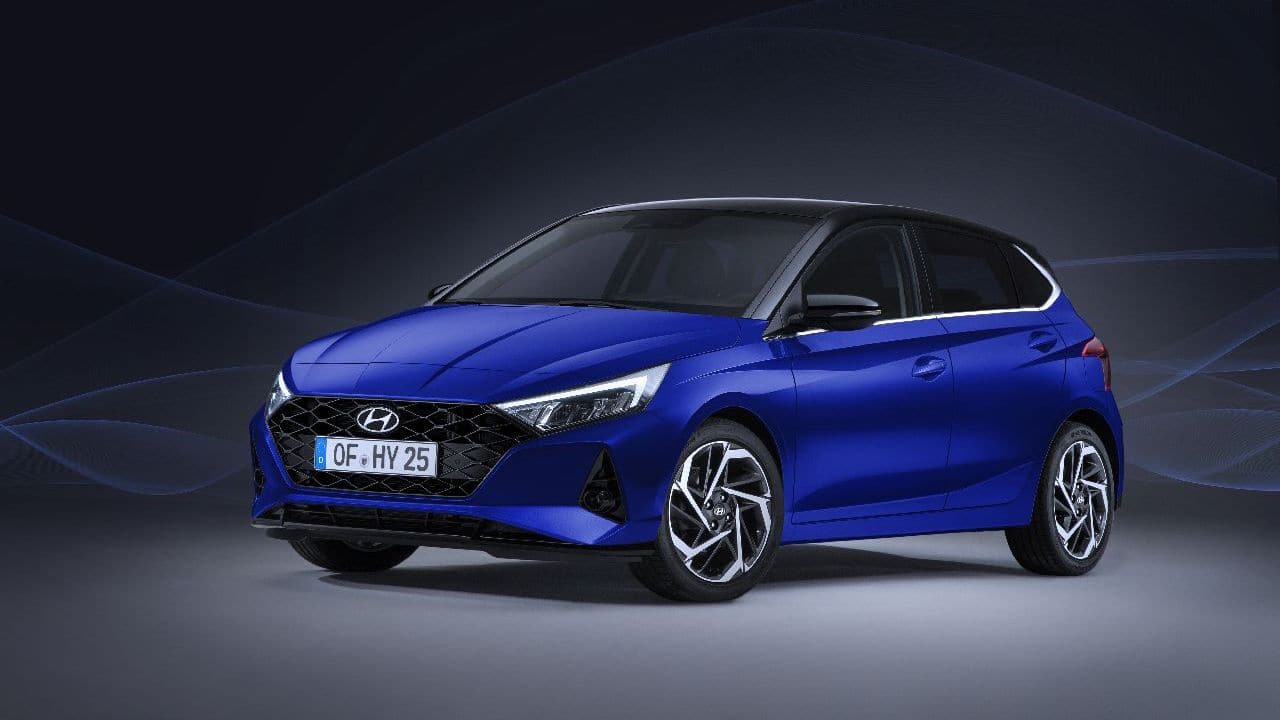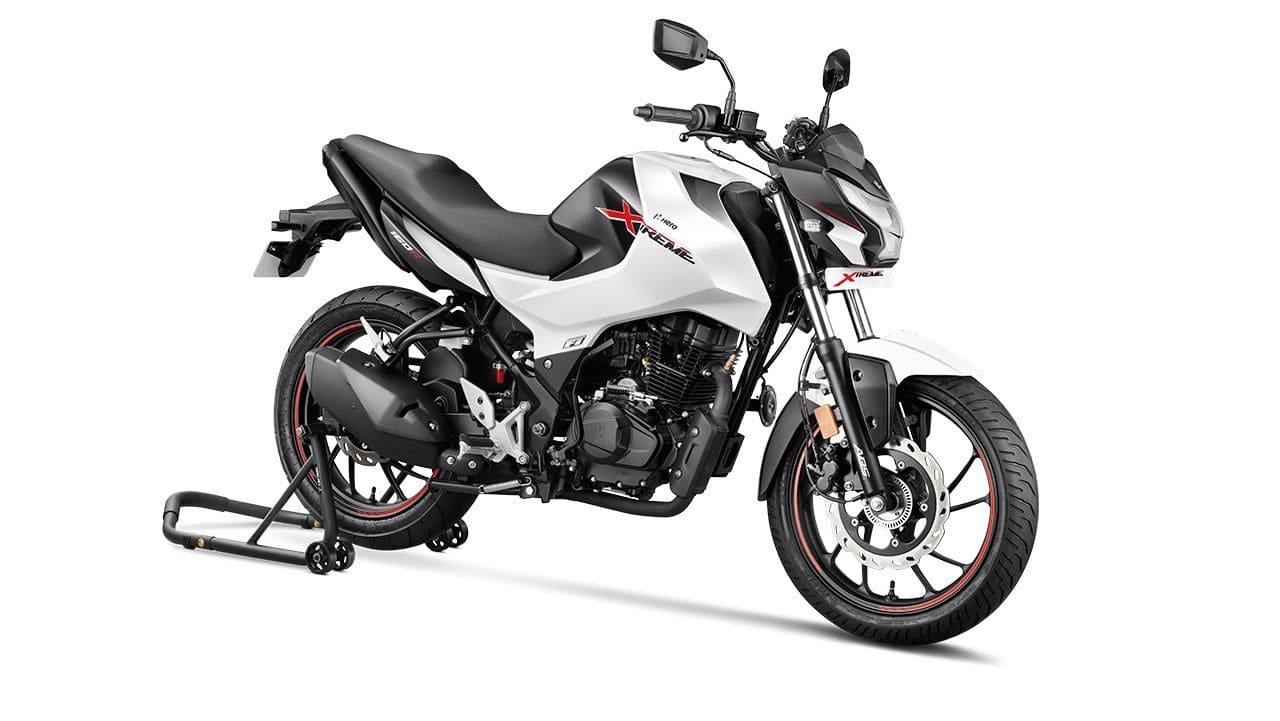Buoyed by a sustained pull in demand for the fourth consecutive month, automotive companies will institute a price hike in January to offset input cost pressures and improve their sagging profit margins.
The hike, which comes into effect from January 1, will affect buyers of two-wheelers, cars, SUVs and commercial vehicles. Commodities such as metals, polymers, plastic and precious metals have seen prices increase, claim automakers.
Though the exact quantum of the hike has been shared only by a few automakers it is broadly expected to be in the 1-3 percent band. The plan to hike prices will follow discounts rolled out by every automaker and valid till the end of December.
What’s in store
Maruti Suzuki, the country’s largest carmaker, was among the first to announce a hike. The Delhi-based carmaker blamed input costs for the increase; the quantum of which was not shared. It will, however, differ from model to model.
Demand has been pretty strong for Maruti Suzuki over the past few months with each month recording sales higher than the same month of the previous year with the exception of November. The drop in November was due to exhaustion of inventory and a drop in production due to plant holidays taken during the month.
Hero MotoCorp, the country’s largest two-wheeler maker, said on Wednesday that it will hike prices by up to Rs 1,500 from January 1. “The increase will vary across models, and the exact quantum will be communicated to our dealers in due course,” said the Delhi-based maker of Splendor and Maestro models.
Kia Motors, Mahindra & Mahindra (M&M) and Ford have also indicated a price hike from next month. Kia’s in-demand products Sonet and Seltos will see an upward price revision and the exact quantum of the hike will be decided soon.
For M&M there will be a hike across passenger and commercial vehicles from January. The SUV specialist has blamed the increase in other costs along with a jump in raw material costs for the price hike.
Industry sources said that MG Motor India and Honda Cars India will likely follow suit and increase prices. A Tata Motors spokesperson said that no decision has been made on a price increase yet.
Ford India, one of the smallest carmakers in the country, will hike prices by 1-3 percent, which translates to an increase of Rs 5,000 to Rs 35,000 depending on the model. Nissan will increase prices of its newly launched Magnite from January 1 as the compact SUV currently has an introductory price tag.
Input prices rising
“Commodity prices, which have stayed accommodative in the first half of FY21, are expected to increase in the second half and will adversely impact margins in the auto component industry. Prices of steel, aluminium, copper, lead and rubber have inched up higher in the past month and will add to commodity price pressure for ancillaries,” said a report from research and rating agency ICRA.
A raw material-led price increase is felt by the entire value chain. Not only do vehicle makers feel the pinch but auto component suppliers also feel the heat and pass it on to the vehicle makers.
“Vehicle makers have not given us an indication on the demand impact rolling on from Q3 to Q4. But definitely for us the concern is the escalation in costs, which are coming in and these are quite steep in metals, polymers etc. There is also the issue of shortage of semiconductors. The (vehicle) demand however continues to remain robust and sustainable,” said Deepak Jain, president of the Automotive Component Manufacturers Association.
As per data shared by the Society of Indian Automobile Manufacturers (SIAM), the passenger vehicle sector registered a decline of 22 percent during the April-November period, falling to 1.45 million from the same period last year. The two-wheeler segment reported a drop of 25 percent to 9.6 million units during the same period this year.










_2020091018165303jzv.jpg)


























